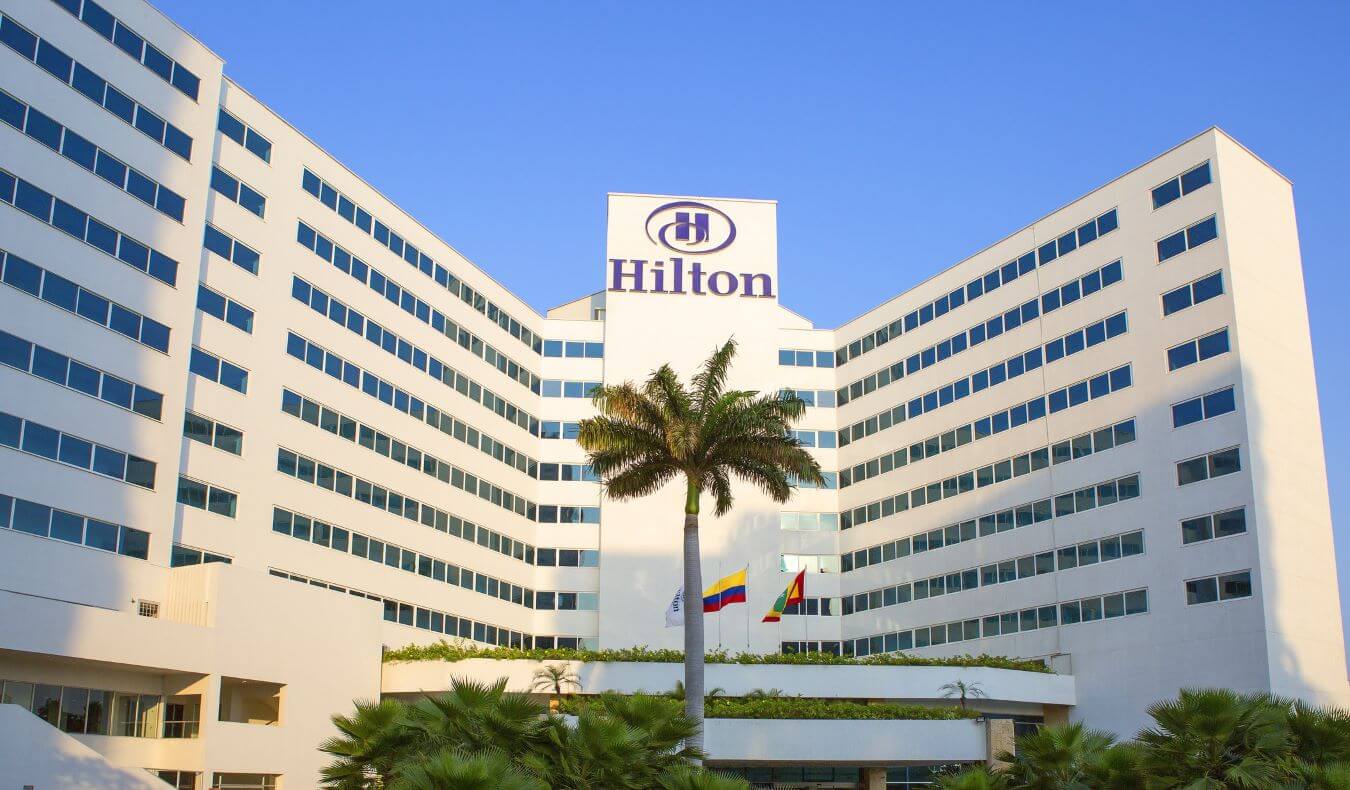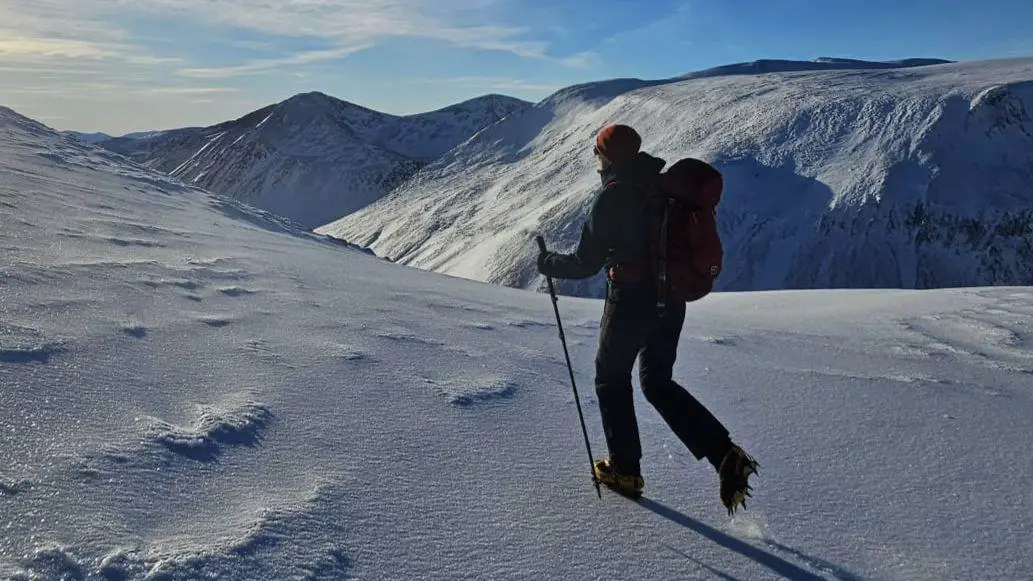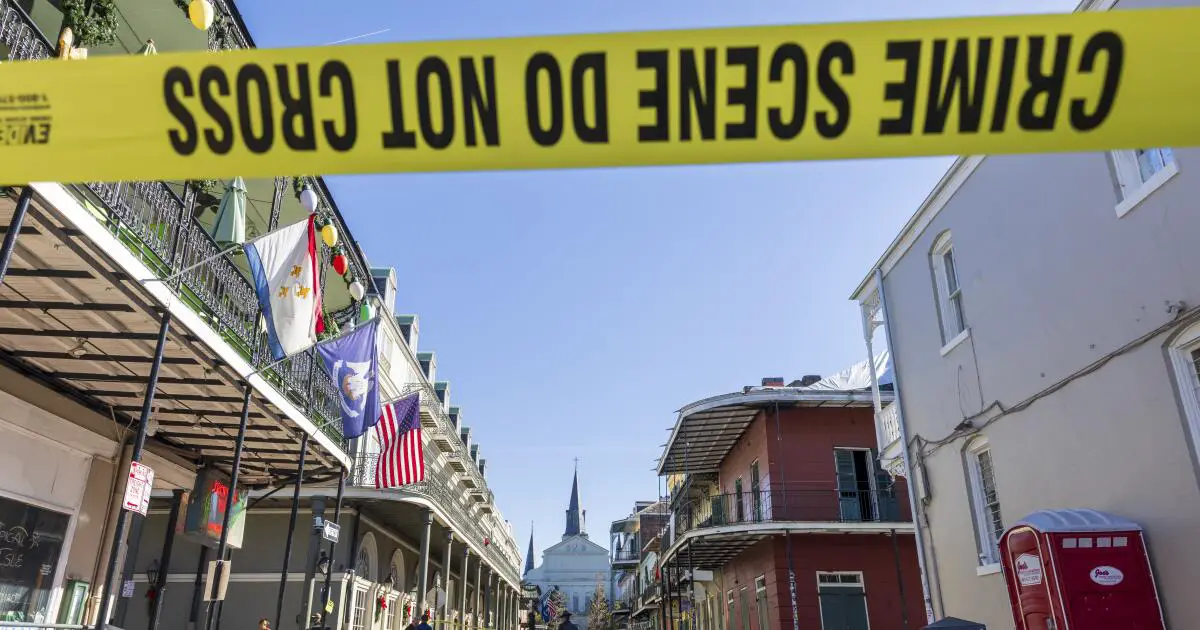Elias, quiet and unassuming, meets us at the tiny harbour and says he could drive us to the house but it would be quicker on foot. He directs us up a narrow alley past a bustling kafeneio, where people are debating the news of the day over coffee.
One of a little cluster of houses, ours has a pergola of rough-hewn logs and bamboo, and looks out to sea across a garden of rosemary and agave, a vegetable patch and composter, and the pen that is home to a donkey called Yolanda. Inside there is restored wooden furniture and textiles woven on a loom by Elias’s partner, Ploumitsa, who waves as she returns from feeding the chickens. The young couple’s passion for preserving the unspoilt landscape of their island makes Argalios guesthouse an inspiring place.
One of the Small Cyclades, just five square miles in area, diminutive Donoussa feels reassuringly low-key and relaxed. Most of the 150 permanent residents – and visitors like us – are in Stavros, where houses sit among palms and prickly pear and nothing is more than five minutes’ walk from the village beach. There is a bakery, a music bar, and half a dozen places to eat, with traditional dishes such as fava (split pea dip) and goat with potatoes. The shop in the back of the bar is open every day, and the other minimarket sells gloriously misshapen lumps of goat’s cheese, xinotyro, from neighbouring Naxos.
Elias, bringing fresh bread from his grandmother’s wood-fired oven, recommends Kedros beach, south-east across a headland, where his family has a cafe-bar serving organic local produce. After a 20-minute walk we find a gorgeous sweep of pale sand fringing sapphire sea amid gentle hills dotted with low shrub. I swim into the bay and look down through clear water to rippled patterns and wispy sea grass.
Apart from the guesthouse and taverna, Elias’s main occupation is maintaining and promoting the trails for walking and running. Over the following days on these paths we explore the rugged south coast with its old windmills and farmhouses and an ancient settlement.
Bathed in late afternoon light, bright white rock glows and blue sea shimmers. Goatherds call to their goats. From the spring at Mersini, a path of pale ochre stone leads down a valley to Livadi beach, another breathtaking sweep of soft sand, natural and unadulterated, and pale turquoise sea.
Most spectacular is the route to the north of the island, skirting the almost 400-metre peak of Papas. After a hike to the ridge, we look down at Kalotaritissa, a handful of cottages on a deep blue bay encircled by hills. At the end of the zigzagging trail, chickens and goats wander as the priest finishes his weekly call to the oldest resident.
A footpath continues around the edge of the bay to a perfect place for a swim, then we settle on the taverna terrace for a platter of grilled biftekia with a tomato salad, rough-cut slabs of feta drizzled with olive oil and oregano, and dense tzatziki streaked with garlic.
The owners offer a shot of something strong for the walk back. “Come back any time!” As we return to Stavros, the setting sun lights the hillsides like switching on an electric element, and stars pierce the fading blue sky.







